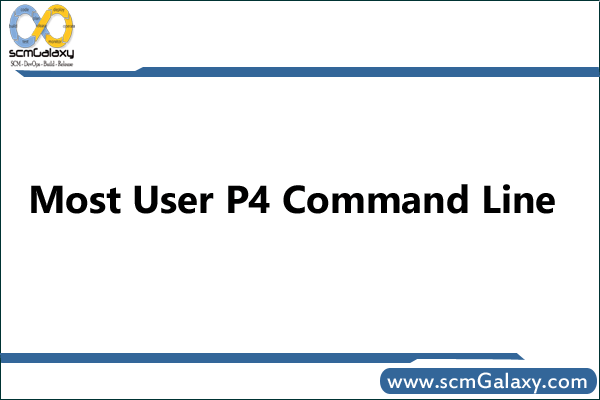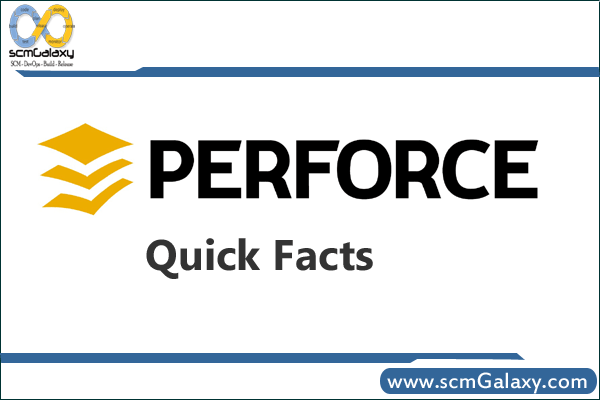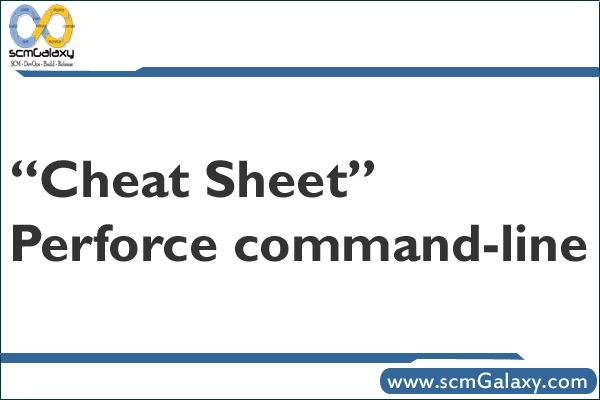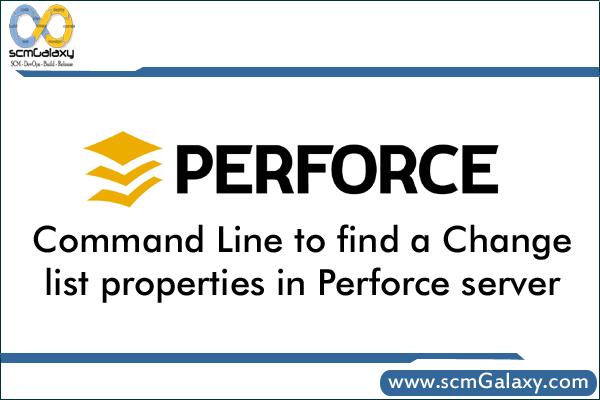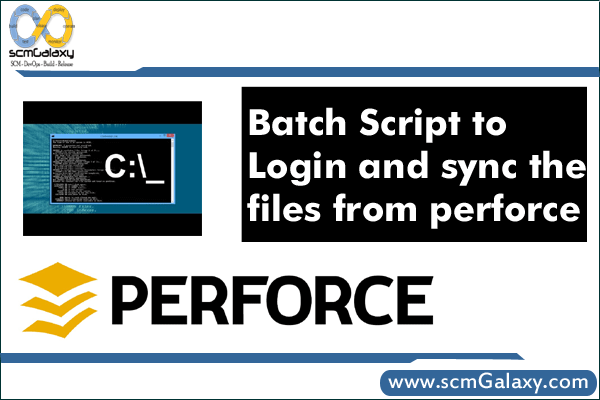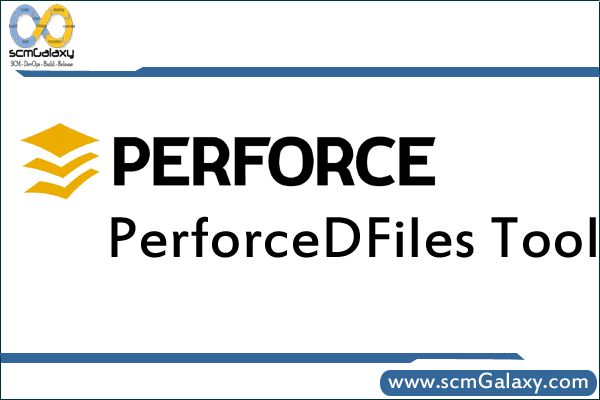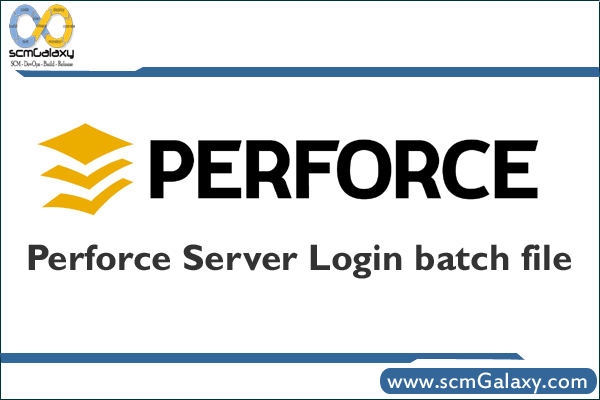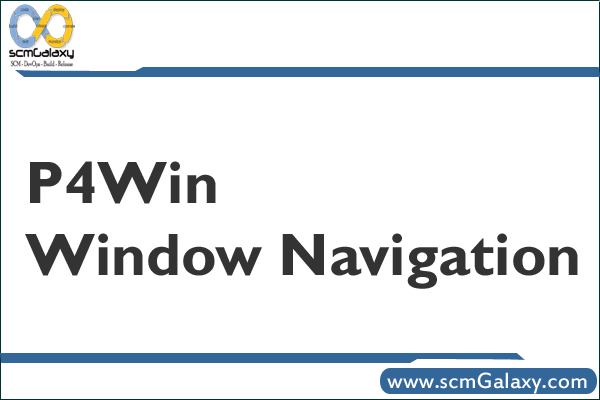
Command |
Description |
|
|
p4 add
|
Open file(s) in a client workspace for addition to the depot. | |
|
p4 admin
|
Perform administrative operations on the server. | |
|
p4 branch
|
Create or edit a branch specification and its view. | |
|
p4 change
|
Create or edit a changelist specification. | |
|
p4 changelists
|
List submitted and pending changelists. | |
|
p4 changelist
|
Create or edit a changelist specification. | |
|
p4 client
|
Create or edit a client workspace specification and its view. | |
|
p4 clients
|
List all client workspaces currently known to the system. | |
|
p4 delete
|
Open file(s) in a client workspace for deletion from the depot. | |
|
p4 depot
|
Create or edit a depot specification. | |
|
p4 depots
|
Display a list of depots known to the Perforce server. | |
|
p4 describe
|
Provides information about changelists and the changelists’ files. | |
|
p4 groups
|
List groups of users. | |
|
p4 group
|
Add or delete users from a group, or set the maxresults, maxscanrows, and timeout limits for the members of a group. | |
|
p4 have
|
List files and revisions that have been synced to the client workspace | |
|
p4 info
|
Display information about the current client and server. | |
|
p4 integrate
|
Open files for branching or merging. | |
|
p4 integrated
|
Show integrations that have been submitted. | |
|
p4 job
|
Create or edit a defect, enhancement request, or other job specification. | |
|
p4 jobs
|
List jobs known to the Perforce server. | |
|
p4 label
|
Create or edit a label specification and its view. | |
|
p4 labels
|
Display list of defined labels. | |
|
p4 lock
|
Lock an opened file against changelist submission. | |
|
p4 login
|
Log in to a Perforce server by obtaining a ticket. | |
|
p4 logout
|
Log out of a Perforce server by removing or invalidating a ticket. | |
|
p4 passwd
|
Change a user’s Perforce password on the server. | |
|
p4 rename
|
Renaming files under Perforce. | |
|
p4 resolve
|
Resolve conflicts between file revisions. | |
|
p4 revert
|
Discard changes made to open files. | |
|
p4 set
|
Set Perforce variables in the Windows registry. | |
|
p4 submit
|
Send changes made to open files to the depot. | |
|
p4 sync
|
Copy files from the depot into the workspace. | |
|
p4 tag
|
Tag files with a label. | |
|
p4 triggers
|
Edit a list of scripts to be run conditionally whenever changelists are submitted, forms are updated, or when integrating Perforce with external authentication mechanisms. | |
|
p4 user
|
Create or edit Perforce user specifications and preferences. | |
|
p4 users
|
Print a list of all known users of the current server. | |
|
p4 verify
|
Verify that the server archives are intact. | |
|
p4 workspace
|
Create or edit a client workspace specification and its view. |
